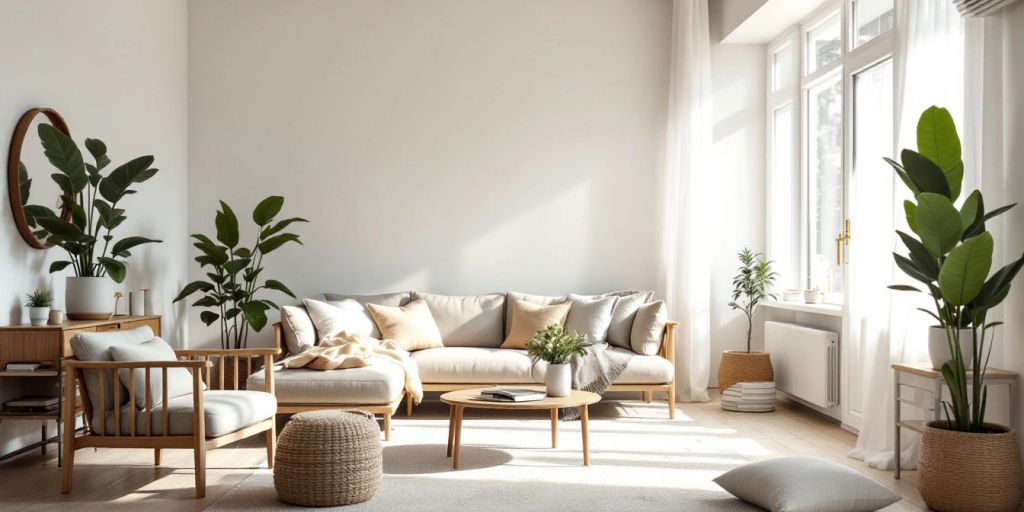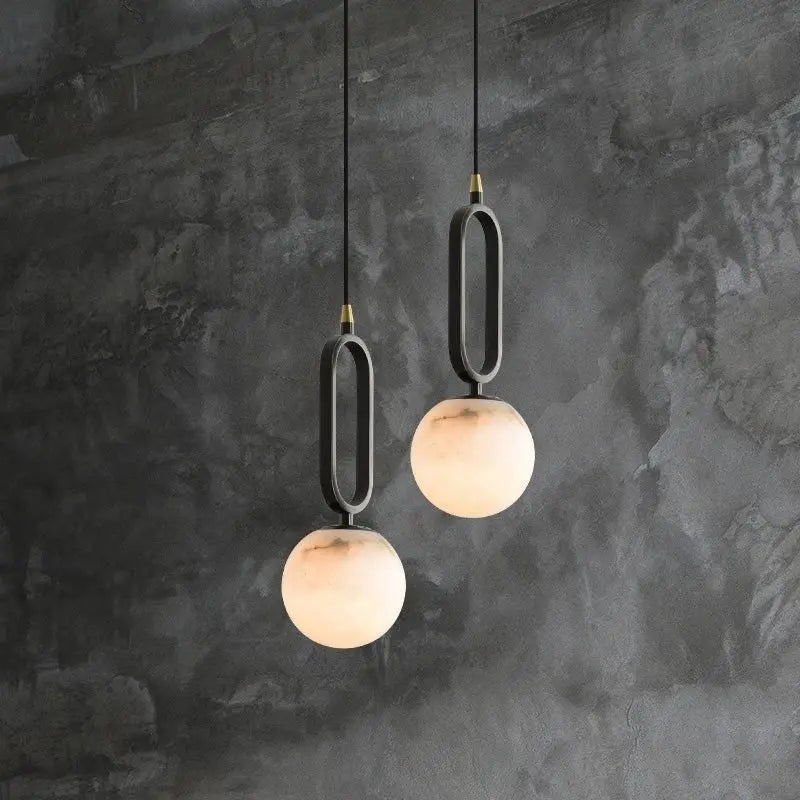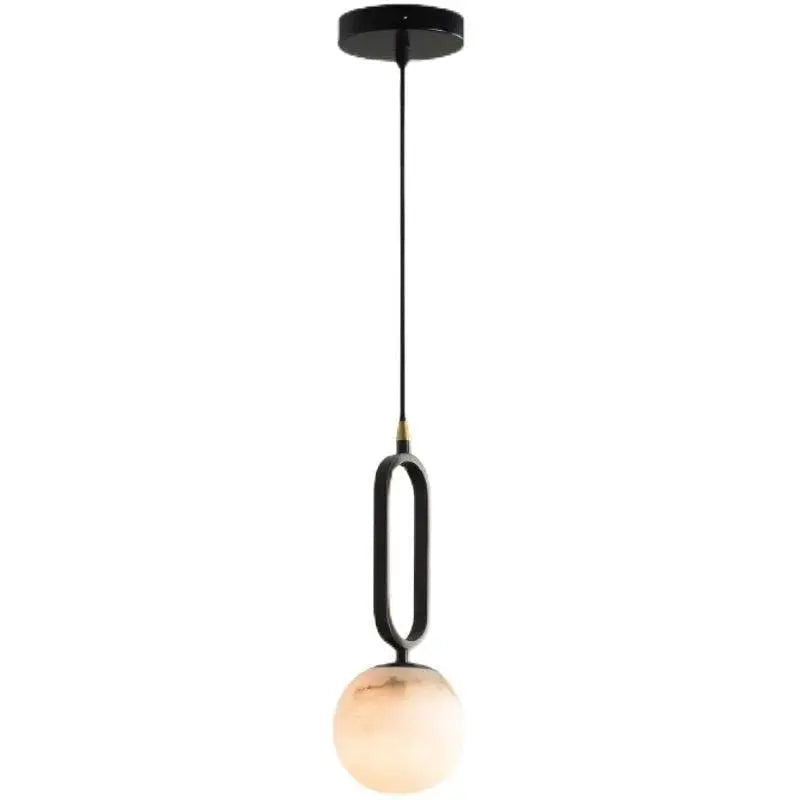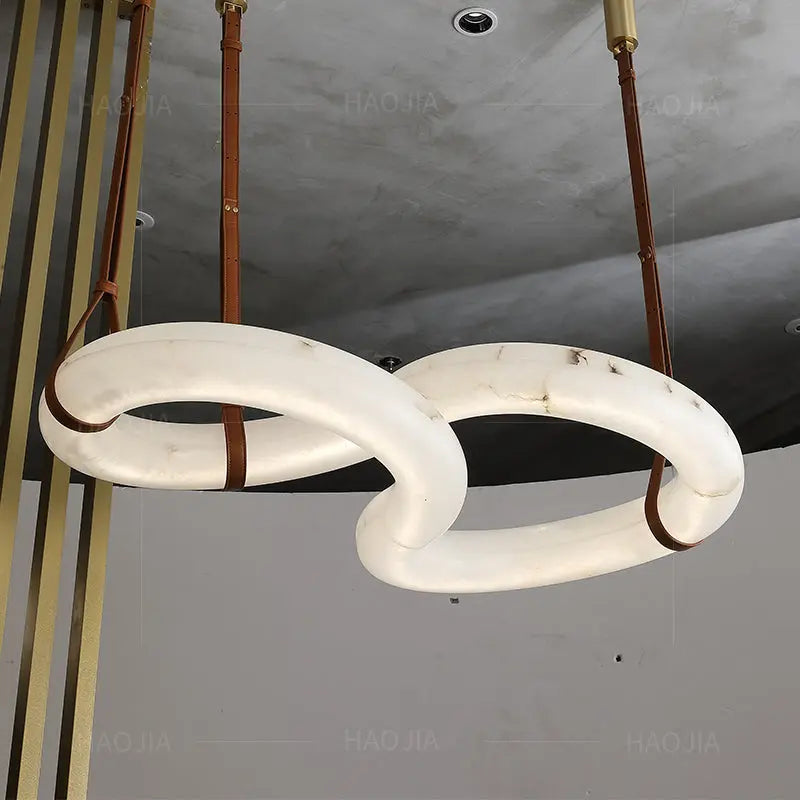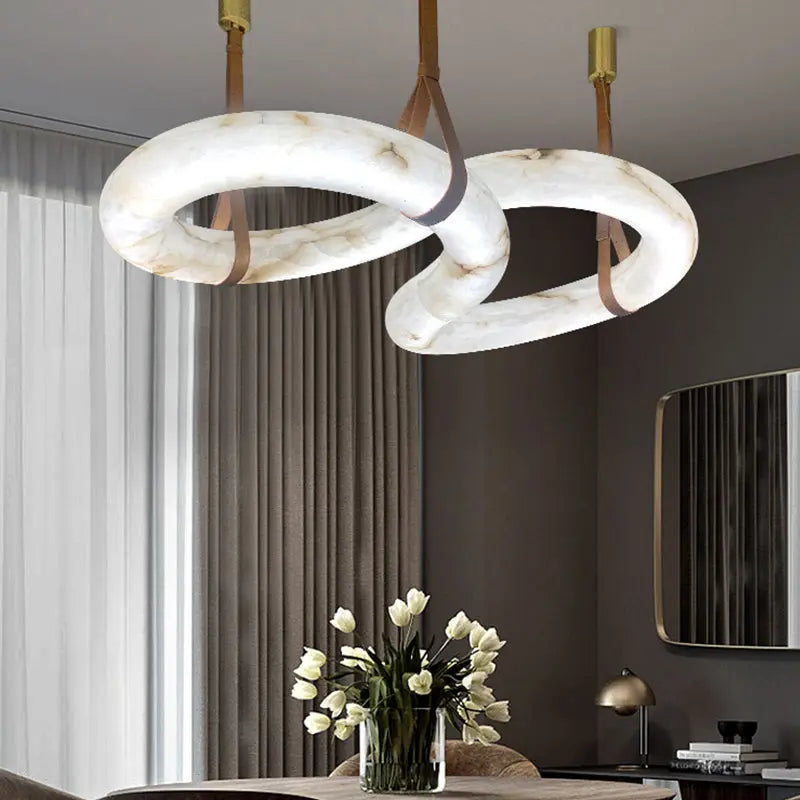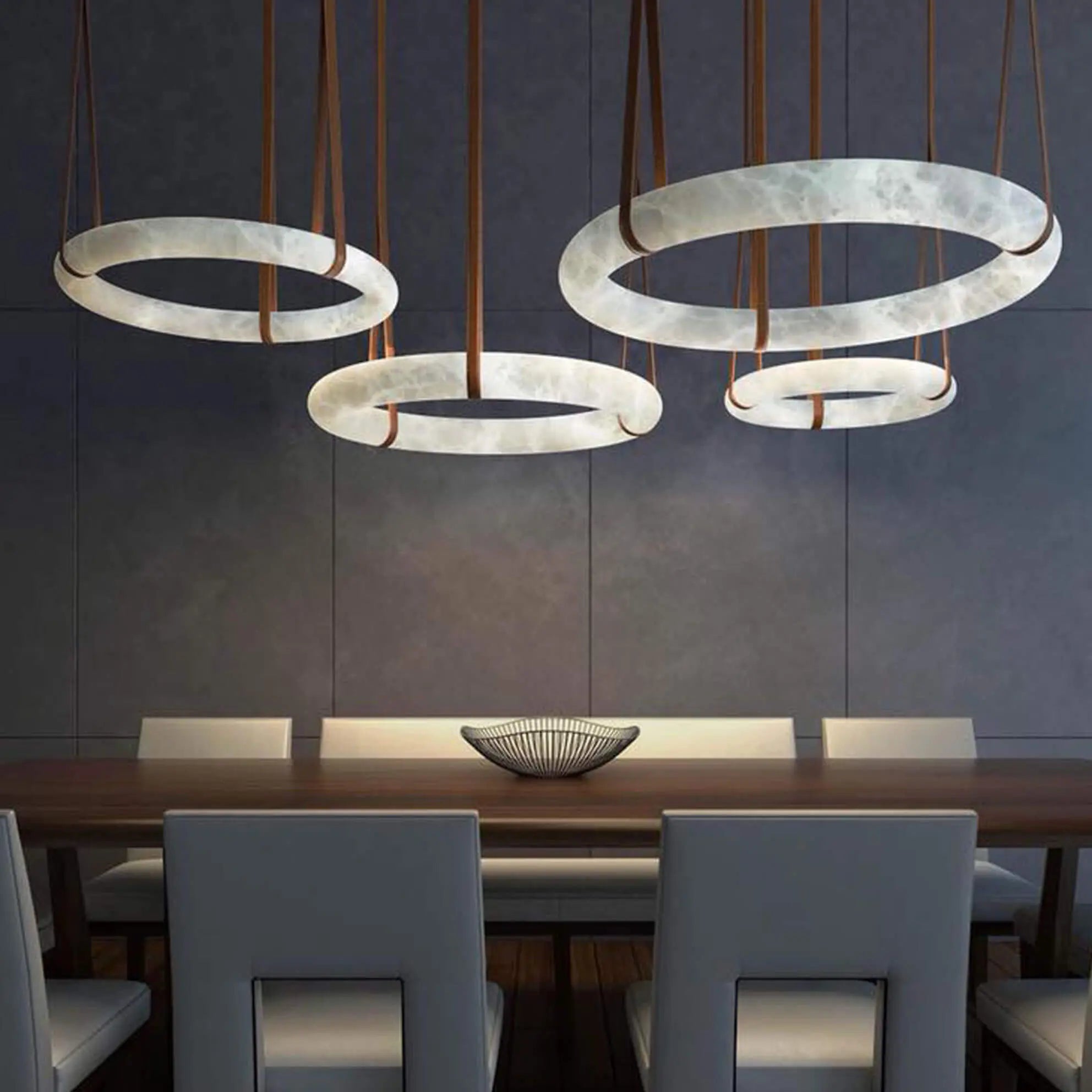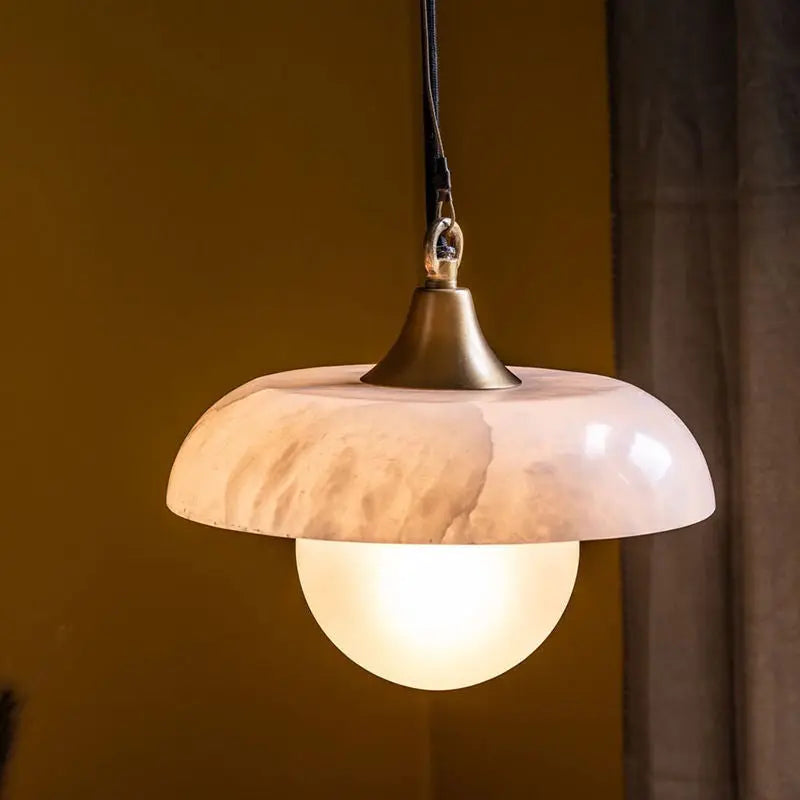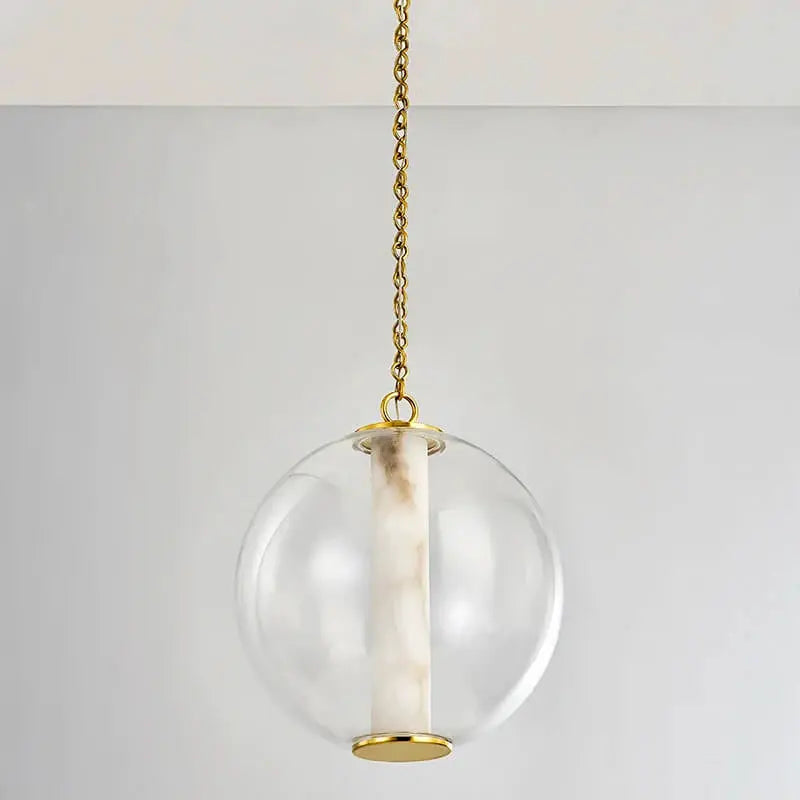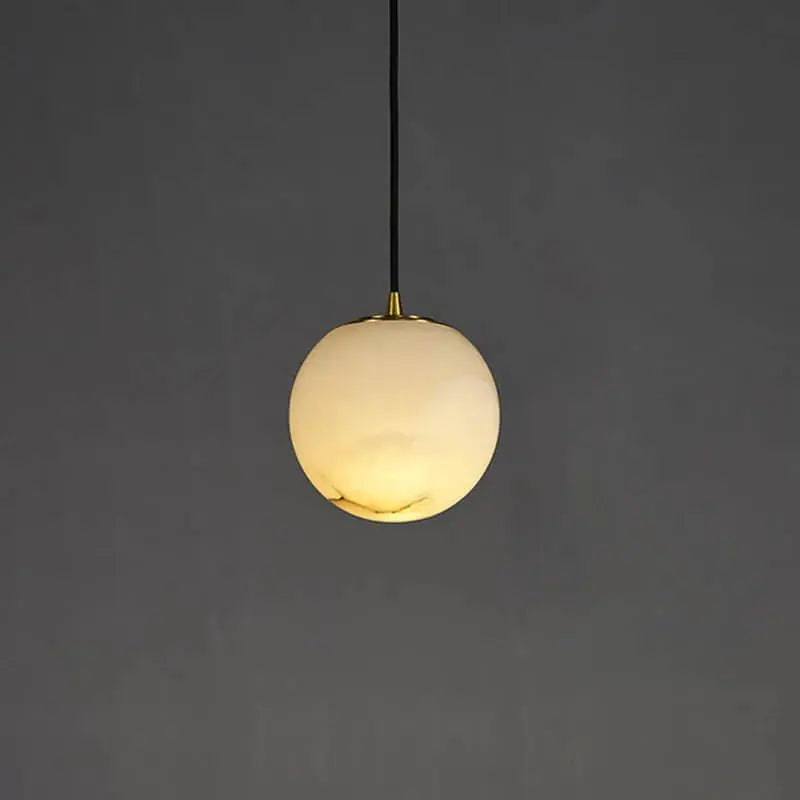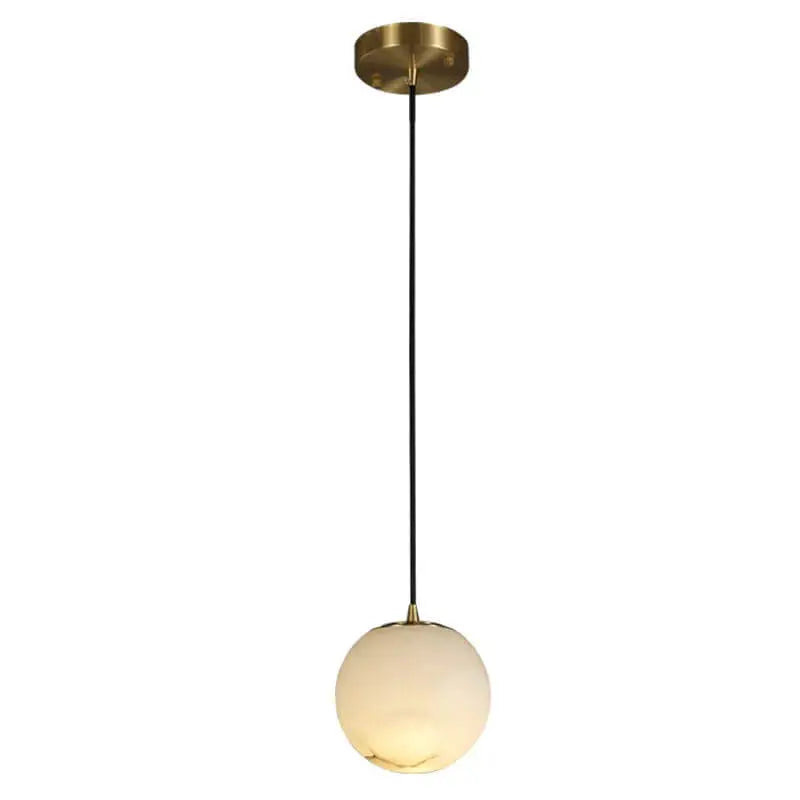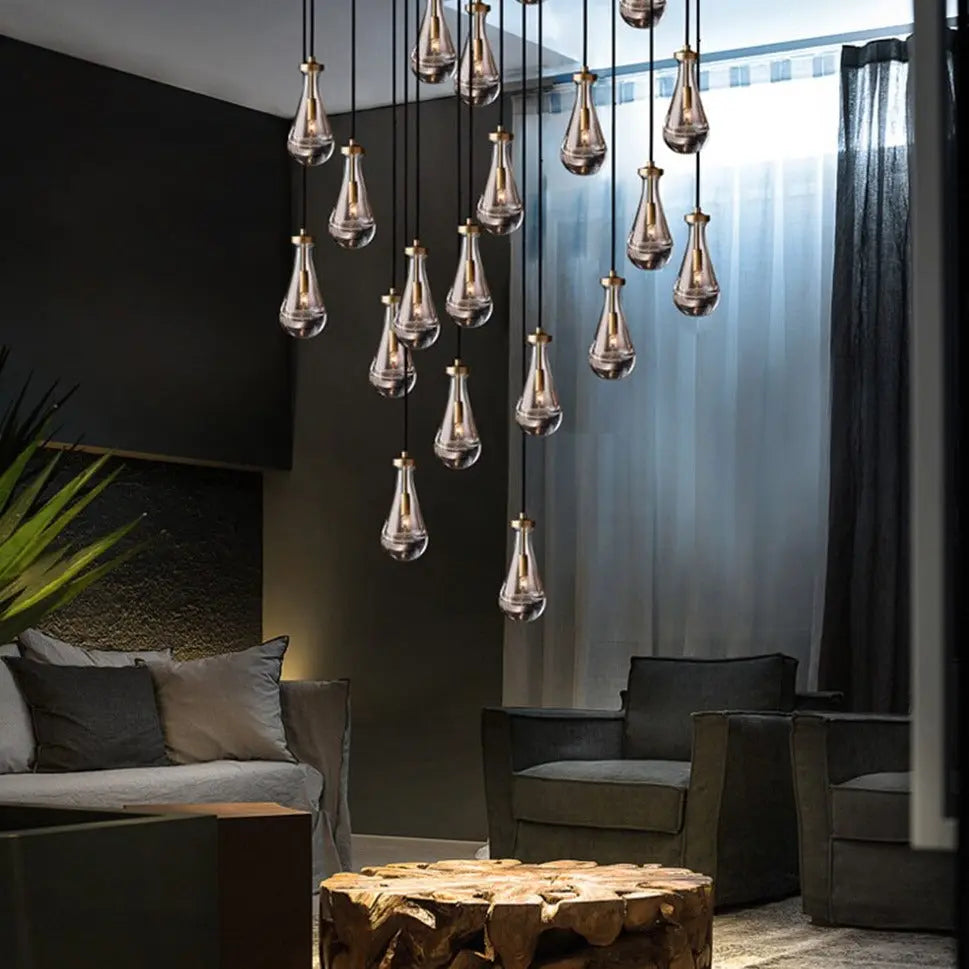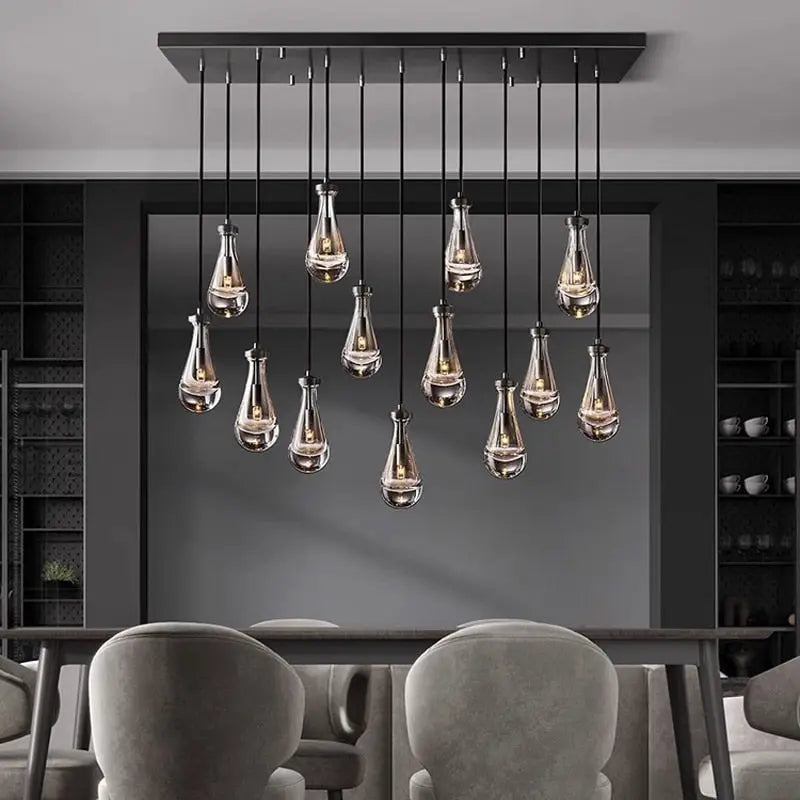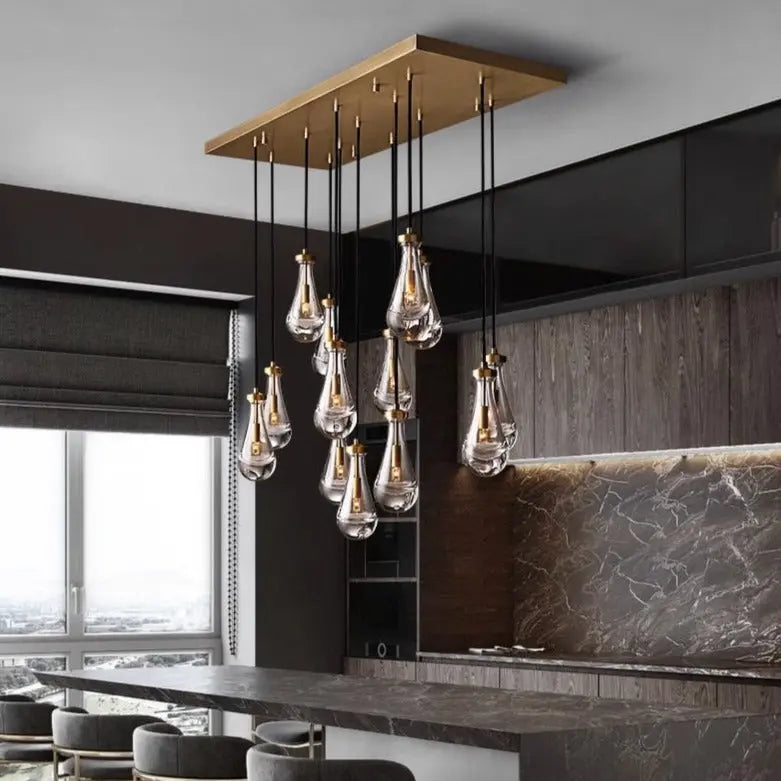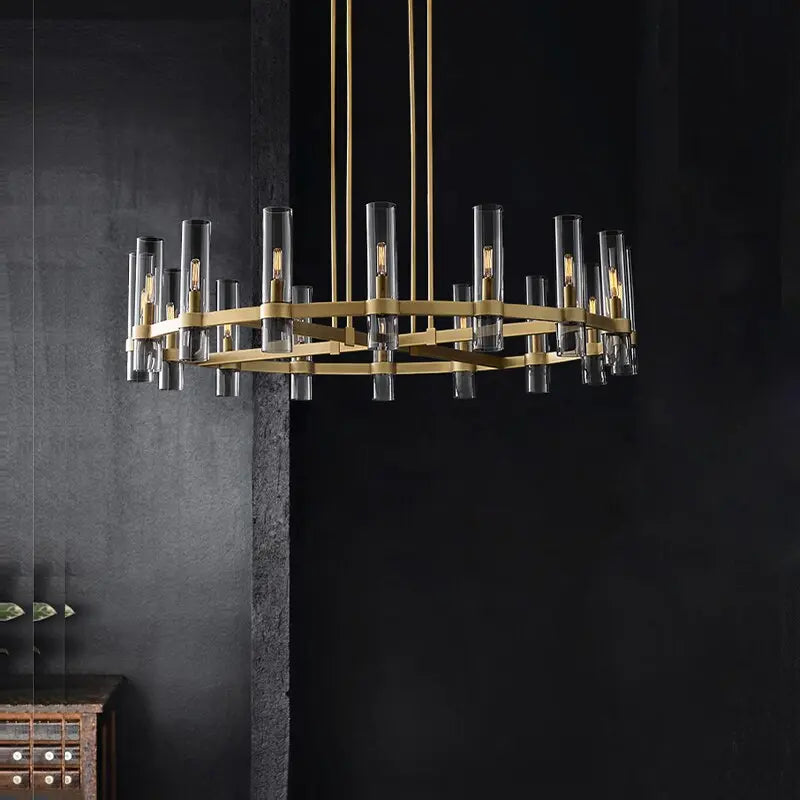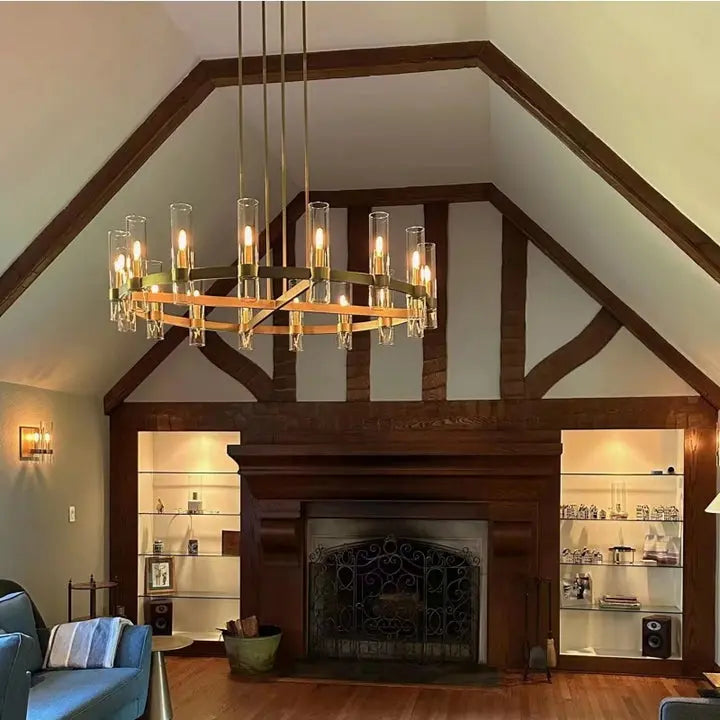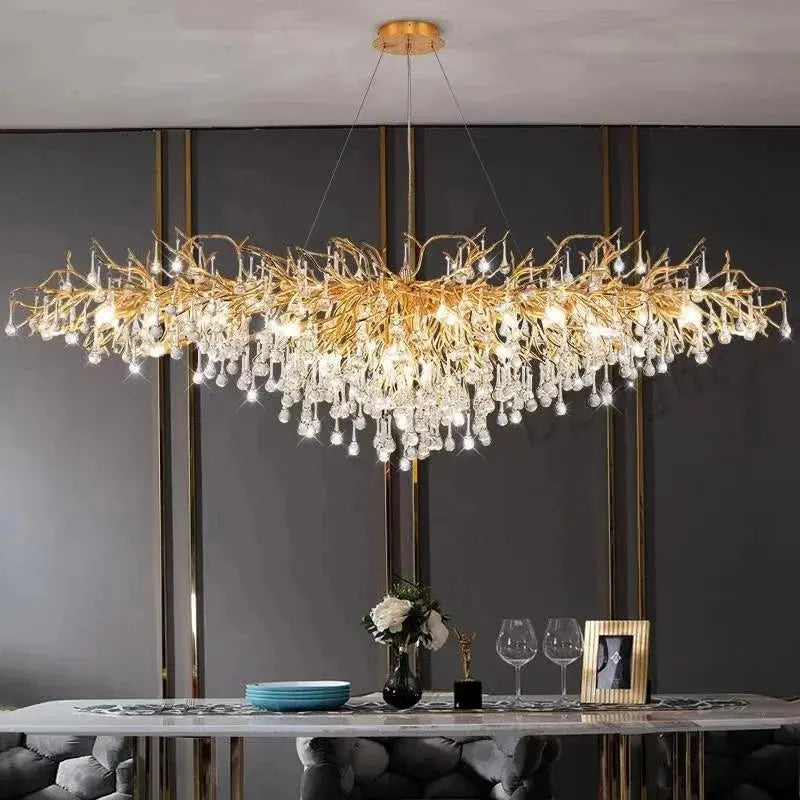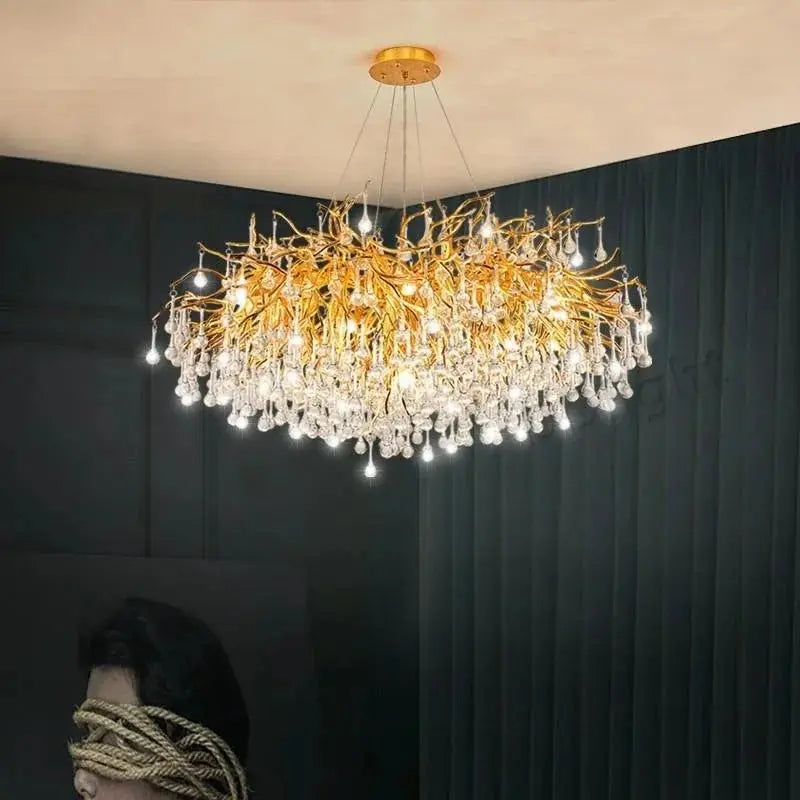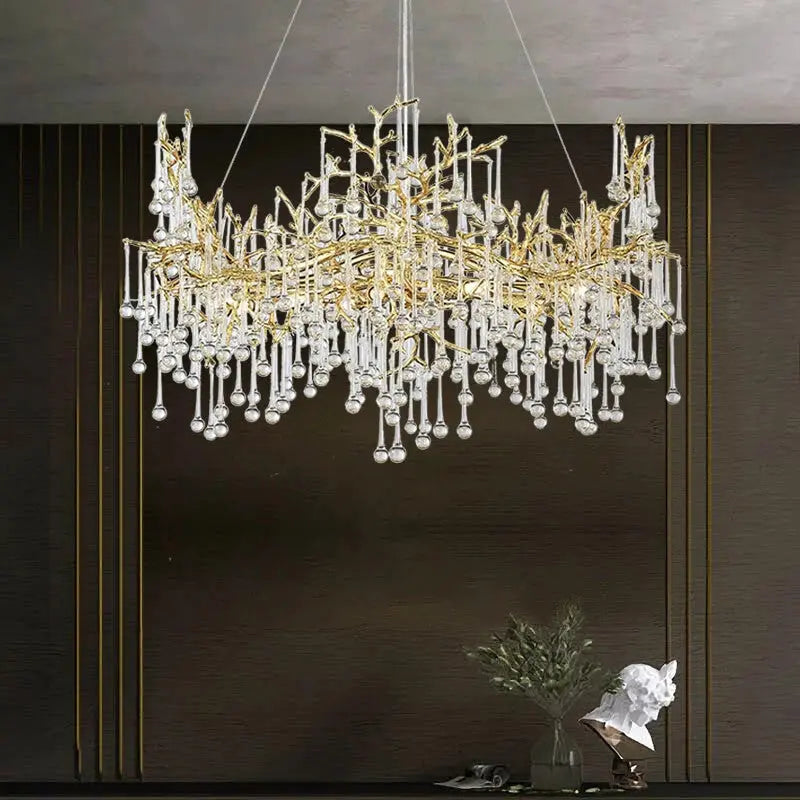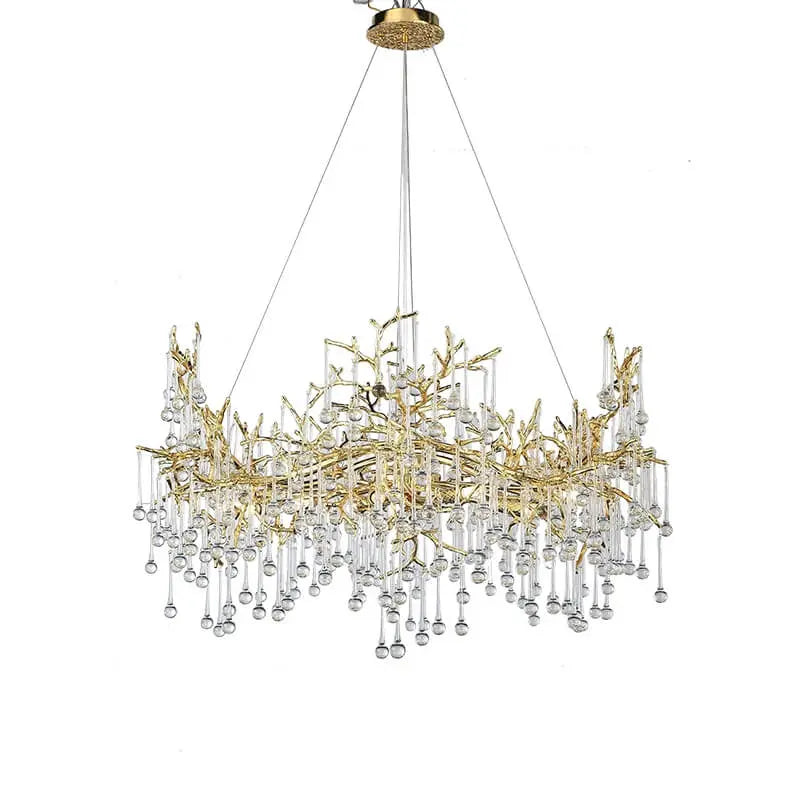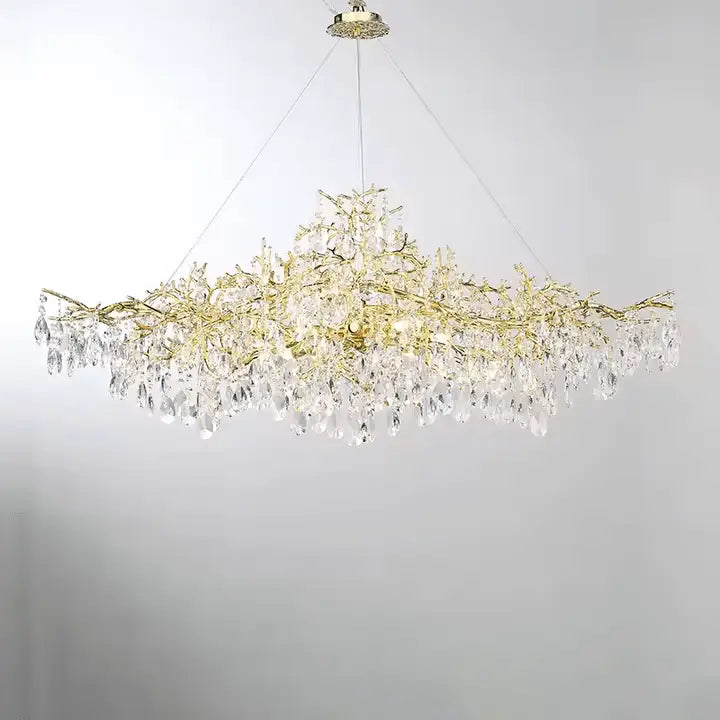Scandinavian interior design is all about simplicity, comfort, and functionality. This style, rooted in the Nordic countries, emphasizes the importance of natural materials and light, creating spaces that feel both cozy and open. By focusing on minimalism, we can transform our homes into serene environments that promote well-being. Let's explore some key takeaways that will help you embrace this beautiful design philosophy.
Key Takeaways
- Scandinavian design values simplicity and functionality, making every item in your home purposeful.
- Natural light is crucial; maximize it with large windows and light colors.
- Choose furniture that is multi-functional and has clean lines for a minimalist look.
- Incorporate cozy textiles like wool and cashmere to add warmth without clutter.
- Use a neutral color palette and add greenery to create a calm and inviting space.
The Essence of Scandinavian Interior Design
Understanding the Core Principles
Scandinavian interior design, often called Scandi, is all about simplicity and functionality. This style started in the Nordic countries, like Denmark and Sweden, in the early 20th century. It was a response to the long, cold winters, leading to cozy and efficient homes. The main ideas behind this design are:
- Minimalism: Less is more.
- Functionality: Every piece of furniture should serve a purpose.
- Natural Light: Big windows and light colors help brighten spaces.
The Influence of Nordic Geography
The geography of the Nordic countries plays a big role in their design style. The long winters mean that homes need to be warm and inviting. The use of light colors and natural materials helps create a bright atmosphere, even when it’s dark outside. This connection to nature is essential in Scandinavian interior design.
The Role of Hygge in Design
A key concept in Scandinavian design is hygge, which means creating a cozy and comfortable environment. This idea encourages:
- Using soft textiles like wool and cashmere.
- Adding warm lighting to make spaces feel inviting.
- Keeping spaces clutter-free to promote relaxation.
Embracing these principles can lead to a home that feels both stylish and welcoming, reflecting the essence of Scandinavian design.
Key Elements of Scandinavian Minimalism
Functionality and Simplicity
Scandinavian minimalism is all about functionality and simplicity. Every item in a home should have a purpose. This means that furniture and decor are chosen for their usefulness rather than just for looks. Here are some key points:
- Each piece should serve a function.
- Avoid unnecessary decorations.
- Focus on quality over quantity.
Connection to Nature
Another important aspect is the connection to nature. Scandinavian design often uses natural materials like wood and stone. This helps create a calming atmosphere. Here are some ways to bring nature indoors:
- Use wooden furniture.
- Add plants for a touch of greenery.
- Incorporate natural fabrics like wool.
The Importance of Natural Light
Natural light is crucial in Scandinavian homes. It helps make spaces feel bright and inviting. Here are some tips to maximize natural light:
- Use large windows with minimal coverings.
- Choose light colors for walls and furniture.
- Keep spaces uncluttered to allow light to flow freely.
Embracing these elements can transform your home into a serene and functional space, reflecting the essence of minimalist home design. By focusing on mid-century modern homes and their principles, you can create a stylish yet practical environment that feels both cozy and open.
Furniture Selection for a Scandinavian Home
Choosing Multi-functional Pieces
In Scandinavian design, multi-functional furniture is key. This means selecting items that can serve more than one purpose. Here are some examples:
- Nesting tables that can be used together or separately.
- Storage ottomans that provide seating and hidden storage.
- Convertible sofas that can transform into beds for guests.
Incorporating Mid-century Modern Classics
Mid-century modern pieces are a staple in Scandinavian homes. They offer clean lines and timeless appeal. Consider adding:
- Eames chairs for a stylish touch.
- Scandinavian-style coffee tables that emphasize simplicity.
- Minimalist bookshelves that keep your space organized.
Opting for Clean Lines and Neutral Colors
When selecting furniture, focus on clean lines and neutral colors. This helps create a calm and inviting atmosphere. Here are some tips:
- Choose furniture in shades of white, gray, or beige.
- Look for pieces with simple shapes and minimal ornamentation.
- Incorporate natural materials like wood to add warmth.
Embracing these furniture choices not only enhances the aesthetic of your space but also aligns with the principles of Scandinavian home design. By focusing on functionality and simplicity, you can create a cozy and stylish environment that reflects the essence of Nordic living.
Lighting Strategies in Scandinavian Interiors
Maximizing Natural Light
In Scandinavian design, natural light is a top priority. To make the most of it:
- Use large windows with minimal coverings.
- Opt for light-colored walls to reflect sunlight.
- Keep furniture away from windows to avoid blocking light.
Layered Lighting Techniques
To create a cozy atmosphere, layered lighting is essential. Consider these options:
- Overhead lights for general illumination.
- Table lamps for task lighting.
- Floor lamps to add warmth and depth.
Choosing the Right Fixtures
Selecting the right lighting fixtures can enhance your space. Look for:
- Elegant marble chandeliers that add sophistication.
- Energy-efficient homes with LED options.
- Unique designs that complement your decor.
Lighting is not just about brightness; it’s about creating a warm and inviting space that feels like home.
By focusing on these strategies, you can achieve a bright and airy feel that is characteristic of Scandinavian interiors, making your home both functional and inviting.
Textiles and Accessories in Scandinavian Design
Embracing Cozy Textures
In Scandinavian design, cozy textures are essential for creating warm and inviting spaces. This is especially important during the long, cold winters. Here are some popular materials:
- Wool: Soft and warm, perfect for throws and rugs.
- Cashmere: Luxurious and comfortable, ideal for blankets.
- Linen: Breathable and light, great for curtains and cushions.
Selecting Minimalist Accessories
Accessories in Scandinavian homes should be simple yet functional. Here are some tips for choosing the right ones:
- Choose natural materials: Look for items made from wood, stone, or metal.
- Keep it simple: Avoid clutter by selecting a few key pieces.
- Add a pop of color: Use plants or a single colorful item to brighten the space.
Using Greenery to Add Life
Plants are a vital part of Scandinavian design, bringing nature indoors. Here are some easy-to-care-for options:
- Snake Plant: Hardy and stylish, perfect for beginners.
- Pothos: Trailing vines that add a touch of green.
- Peace Lily: Beautiful flowers and air-purifying qualities.
Incorporating these elements not only enhances the aesthetic but also promotes a sense of well-being in your home. Embrace simplicity and let your space breathe with carefully chosen textiles and accessories.
Creating a Scandinavian-inspired Space
Decluttering Your Home
To create a Scandinavian-inspired space, start by decluttering. This means removing items that don’t serve a purpose or bring you joy. Here are some steps to help you declutter:
- Go room by room.
- Sort items into keep, donate, and discard piles.
- Keep only what you truly need or love.
Selecting a Neutral Color Palette
Next, focus on your color choices. Scandinavian design favors neutral colors like whites, grays, and browns. Here’s how to choose:
- Use light colors to reflect natural light.
- Add pops of color with plants or small accessories.
- Stick to a simple palette to maintain a clean look.
Incorporating Natural Materials
Finally, bring in natural materials to connect with nature. Consider these elements:
- Wooden furniture for warmth.
- Wool throws for coziness.
- Stone or natural fiber rugs for texture.
Embracing these principles can transform your home into a cozy, modern sanctuary. Remember, the goal is to create a space that feels open and inviting, perfect for open-plan homes.
By following these steps, you can easily create a Scandinavian-inspired space that is both functional and beautiful. Don't forget to choose contemporary lighting that enhances the overall aesthetic!
Transform your home into a cozy Scandinavian retreat! With simple lines and natural materials, you can create a space that feels warm and inviting. Explore our collection of beautiful lighting options to enhance your design. Visit our website to find the perfect pieces for your home!
Final Thoughts on Scandinavian Minimalism
In conclusion, embracing Scandinavian design in your home is more than just making it look nice. It’s about finding peace and purpose in your space. We’ve looked at important parts like choosing the right furniture, lighting, and cozy textiles. Remember, the goal is to keep things simple and functional. Opt for furniture that serves a purpose and has clean lines. Let in as much natural light as possible to create a bright and airy feel. Use warm materials like wool and cashmere to add comfort. Finally, choose a few accessories that show your personality without making the space feel crowded. By following these tips, you can create a home that feels calm, inviting, and stylish.
Frequently Asked Questions
What is Scandinavian interior design?
Scandinavian interior design is a style that focuses on simplicity and functionality. It uses natural materials and light colors to create a cozy and inviting space.
How can I make my home more Scandinavian?
To create a Scandinavian look, declutter your space, use a neutral color palette, and incorporate natural materials like wood and plants.
What are key features of Scandinavian furniture?
Scandinavian furniture is known for its clean lines, minimal decoration, and multi-functional designs that save space.
Why is natural light important in Scandinavian design?
Natural light is vital in Scandinavian design because it brightens spaces and creates a warm, inviting atmosphere, especially during long winters.
What textiles should I use for a Scandinavian feel?
For a Scandinavian vibe, use soft textiles like wool and cashmere. These materials add warmth and comfort to the minimalist look.
How can I add color to a Scandinavian interior?
You can add color by using small accessories like cushions or artwork. Stick to muted tones to keep the overall look calm and cohesive.

